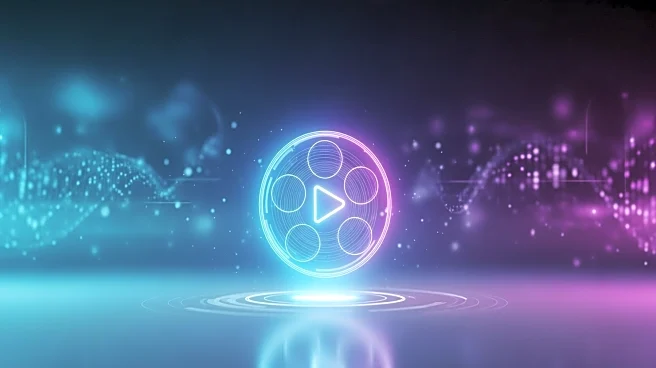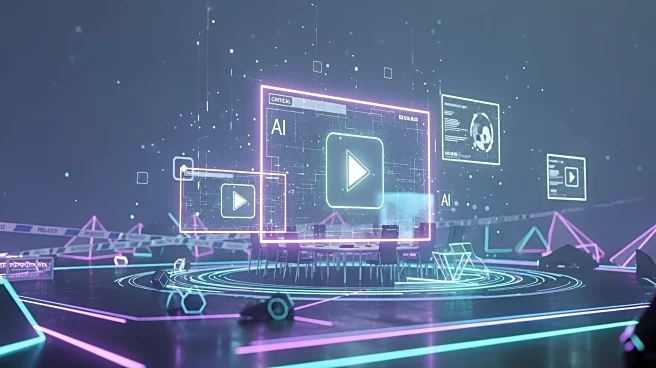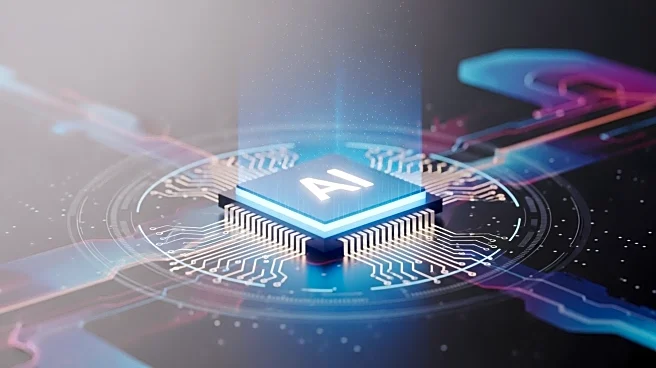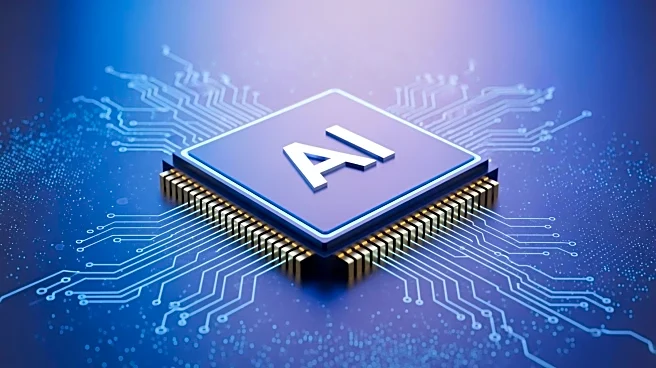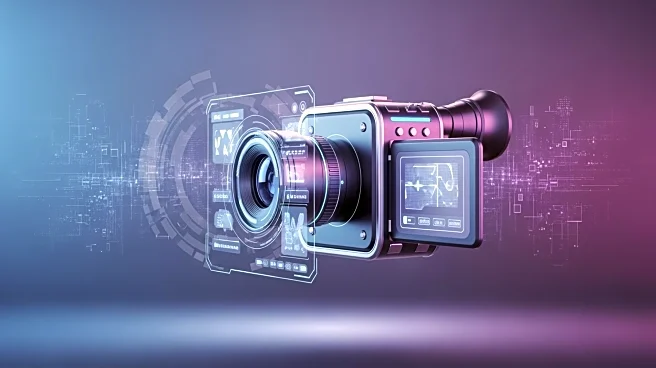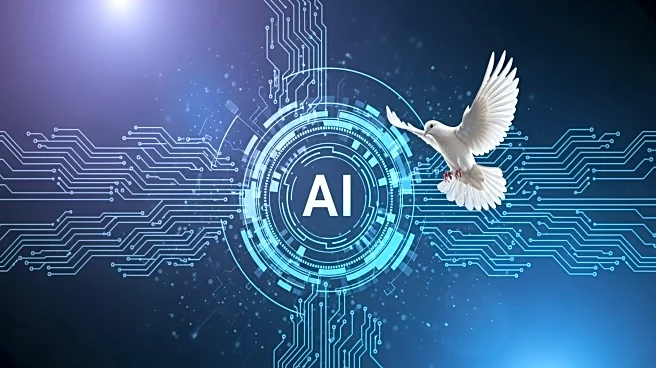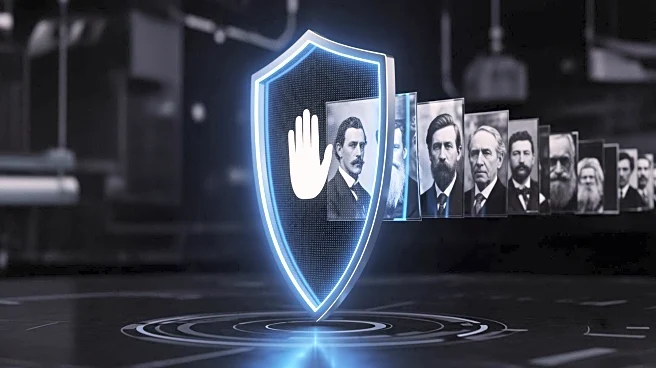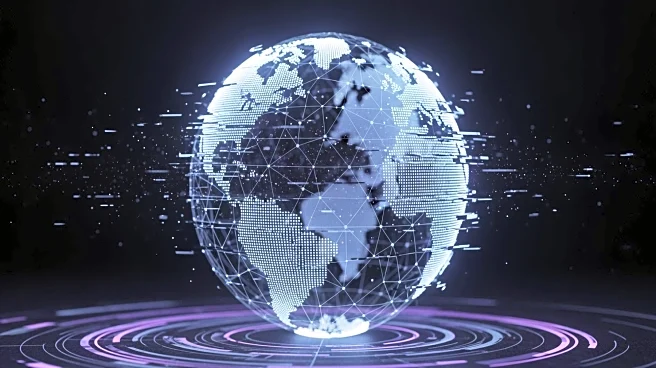What's Happening?
AI video generators are becoming increasingly popular as major tech companies release new models. These tools use generative AI to create short video clips from text or images, offering a new dimension
to digital content creation. Companies like OpenAI, Google, Adobe, and Midjourney have developed various AI video models, each with unique features and pricing structures. For instance, OpenAI's Sora allows users to create videos with customizable dimensions and stylistic options, while Google's Veo 3 offers synchronized audio and detailed video generation. Adobe's Firefly provides motion customization and camera angle selection, enhancing creative possibilities. These developments mark a significant shift in how content is produced and consumed online, with AI-generated videos becoming a staple in digital media.
Why It's Important?
The rise of AI video generators is significant for several reasons. Firstly, it democratizes video production, allowing individuals and small businesses to create high-quality content without extensive resources. This could lead to increased competition in the digital content space, as more creators can produce engaging videos. Additionally, the integration of AI in video creation raises questions about the ethics and legality of AI-generated content, particularly concerning copyright and privacy issues. As AI tools become more prevalent, industries such as marketing, entertainment, and education may experience shifts in how they approach content creation and distribution. The ability to quickly generate videos could also impact social media dynamics, influencing how users interact with content.
What's Next?
As AI video generators continue to evolve, we can expect further advancements in technology and features. Companies may introduce more sophisticated models with enhanced capabilities, such as longer video durations and higher resolutions. The ongoing development of AI video tools will likely lead to increased scrutiny regarding ethical considerations, prompting discussions among policymakers and industry leaders. Additionally, as AI-generated content becomes more widespread, there may be a push for clearer regulations and guidelines to address potential legal challenges. Stakeholders in various sectors will need to adapt to these changes, exploring new strategies for leveraging AI in content creation while navigating the associated risks.
Beyond the Headlines
The emergence of AI video generators could have long-term implications for cultural and creative industries. As AI tools become more integrated into content creation, traditional roles in filmmaking and video production may evolve, with AI serving as a collaborative partner rather than a replacement. This shift could lead to new forms of storytelling and artistic expression, challenging conventional norms and expanding creative possibilities. Furthermore, the accessibility of AI video tools might encourage more diverse voices to participate in content creation, potentially enriching the cultural landscape with varied perspectives and narratives.
